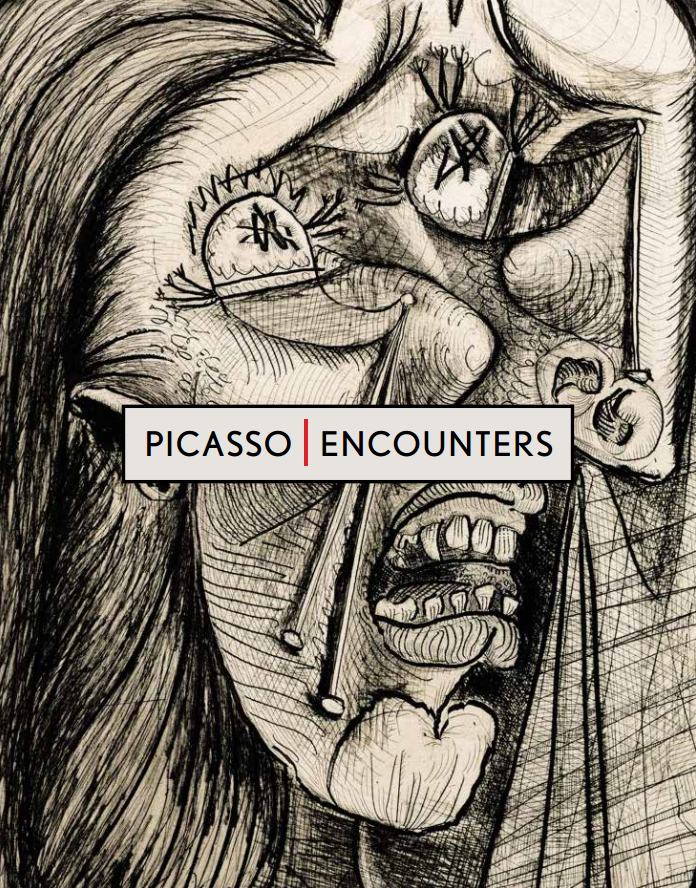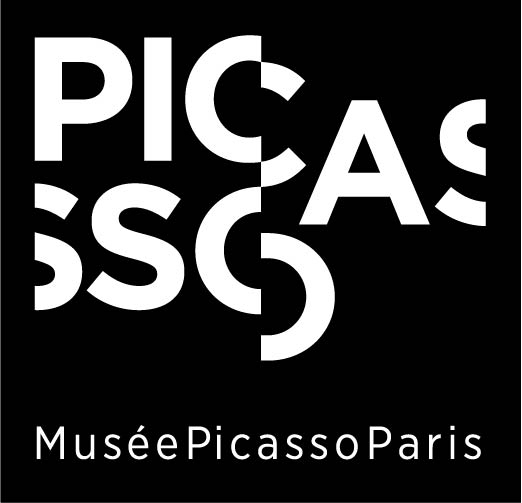
JUNE 4–AUGUST 27, 2017
PABLO PICASSO
SPANISH, 1881–1973
SELF-PORTRAIT
End of 1901
Oil on canvas
Image: Musée national Picasso-Paris
Pablo Picasso, 1979, MP4
Photo: Mathieu Rabeau
© RMN-Grand Palais / Art Resource, NY © 2017 Estate of Pablo Picasso / Artists Rights Society (ARS), New York
ABOUT THE ARTIST
Born in 1881, Pablo Ruiz y Picasso followed in his father’s footsteps as an academically trained painter and studied art at the Real Academia de Bellas Artes de San Fernando in his native Spain. Picasso traveled for the first time to Paris at age 19, establishing a studio there in 1904. He soon began a relationship with Fernande Olivier, who modeled for many of his works throughout this early period. Picasso also shared a studio with Georges Braque, with whom he co-founded Cubism.
During World War I, Picasso designed sets and costumes for the Ballets Russes where he met his first wife, the Russian ballet dancer Olga Khokhlova. They married in 1918, and she gave birth to their son Paulo in 1921. Picasso’s family life inspired much of his art in the early 1920s. In 1927, Picasso met seventeen-year-old Marie-Thérèse Walter, who would become a prominent figure in his art. After Picasso separated from his wife in 1934, Walter gave birth to Maya, the artist’s second child, in 1935. Two years later, Picasso painted his most famous work during the tumultuous years of the Second World War, the eleven by twenty-five foot mural Guernica(1937).
During the 1930s Picasso had a relationship with two artists, Dora Maar and later Françoise Gilot. Gilot and their two children, Claude and Paloma, inspired Picasso’s art of the 1940s and 1950s. After the death of his first wife in 1955 and his separation from Gilot, Picasso married his second wife, Jacqueline Roque. Picasso spent the remainder of his life in the south of France with Roque, his last artistic muse, and produced art until his death in 1973 at the age of 91.
It is no exaggeration to say Picasso was one of the most prolific artists of the twentieth century. Estimations place his artistic output in the tens of thousands. When the artist mastered one medium, he moved to another and blurred the lines between traditionally separate crafts. Every phase of his creative production varied from the last, both in form and representation. A biographical thread weaves Picasso’s artworks together with each piece bridging the commonalities between the desires and compulsions with which he grappled throughout his long life.

A fully illustrated catalogue accompanies the exhibition, with an essay by Marilyn McCully on the role of printmakers in Picasso’s artistic process, as well as a new understanding of the importance Picasso’s muses played in the artist’s life by Jay A. Clarke. The catalogue is published by the Clark and distributed by Yale University Press. Call the Museum Store at 413 458 0520 to order.


